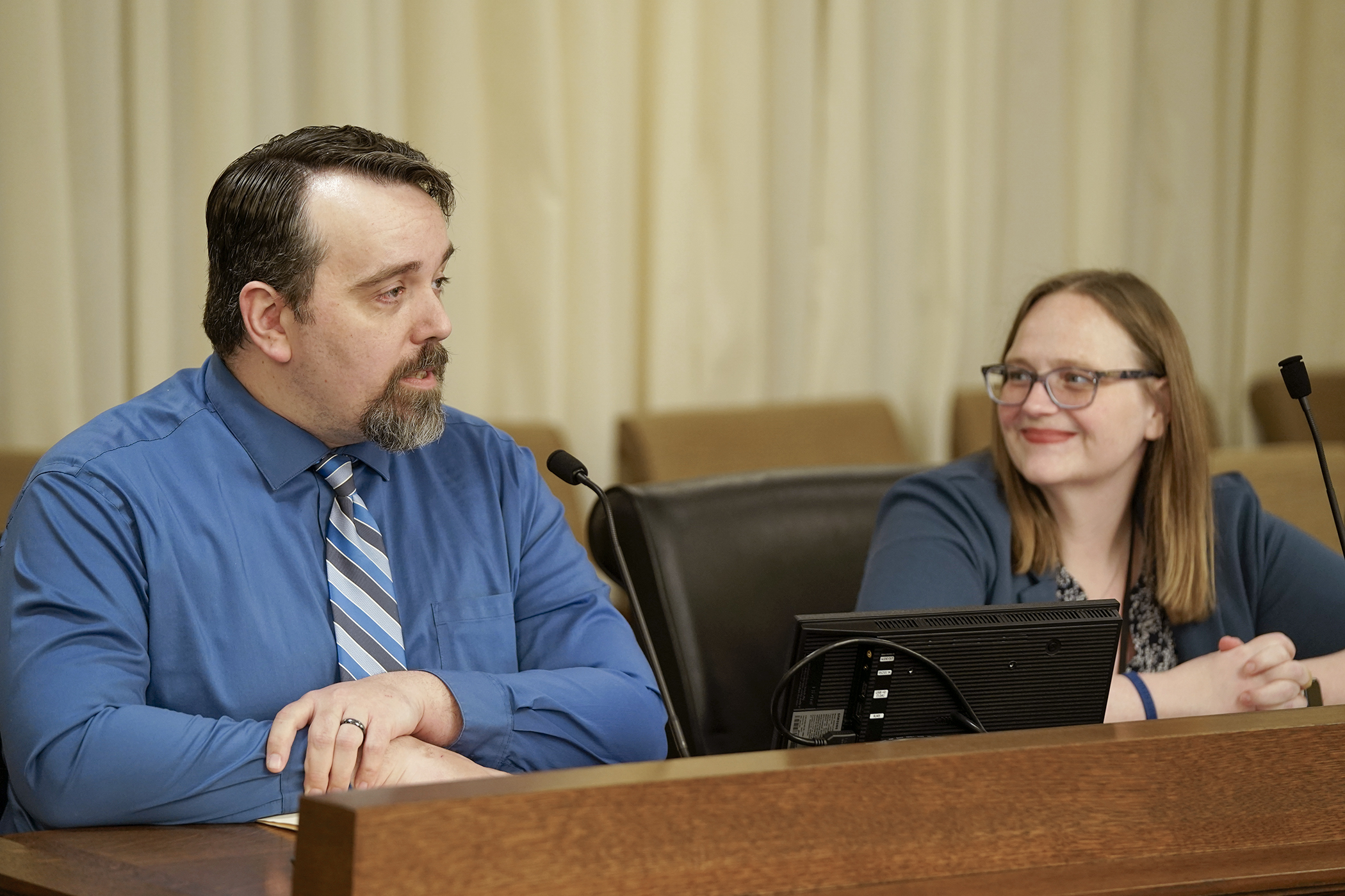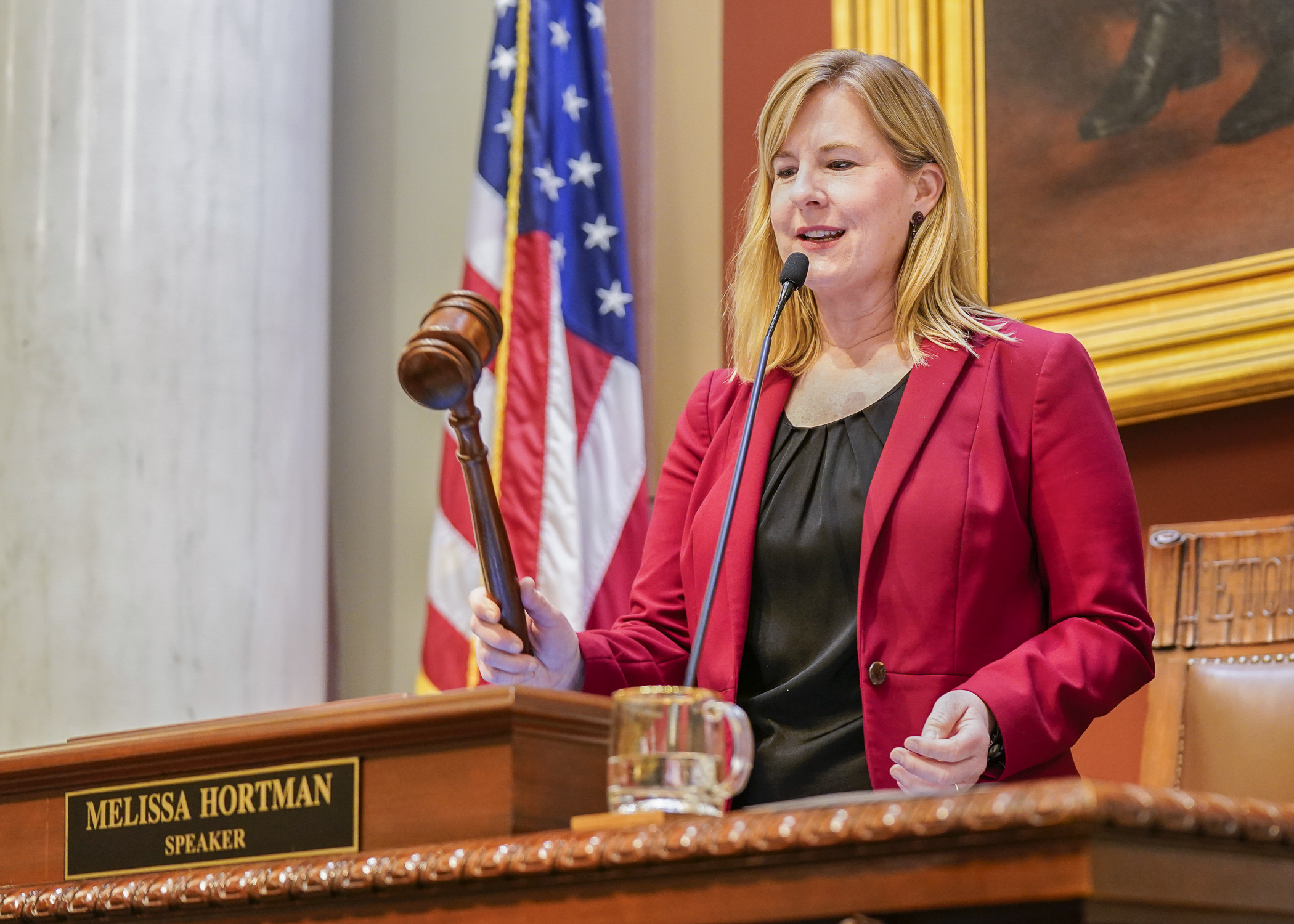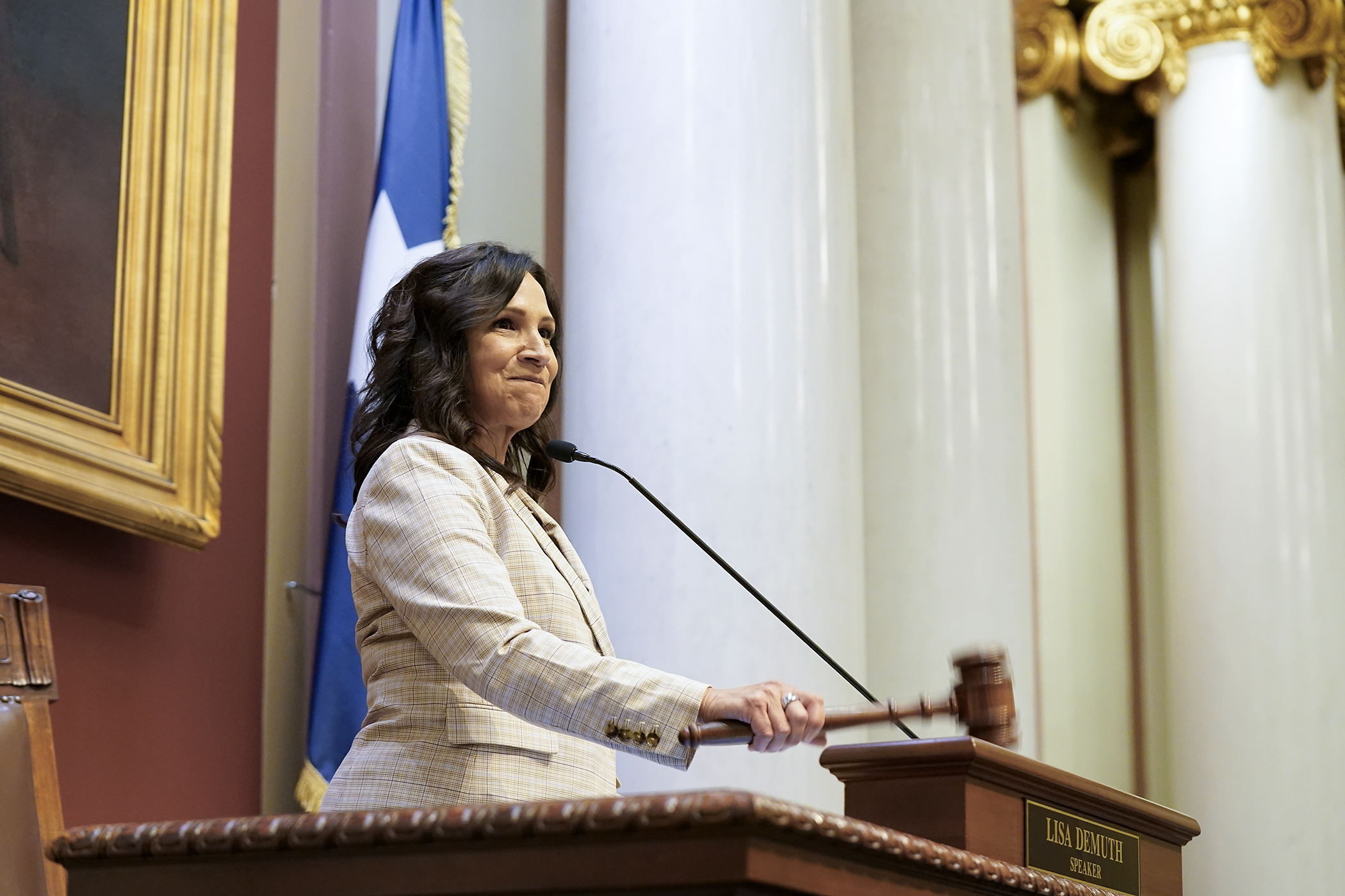Program seeks $1.5 million to help bridge health care workforce gap

One industry with consistent job openings is health care, with roles like certified nursing assistants, phlebotomists and registered nurses always in demand.
However, someone working one, two or three low-wage part-time jobs can’t easily access the resources to train for those positions.
A program helping people cross that gap seeks continued state funding.
Sponsored by Rep. Kim Hicks (DFL-Rochester), HF661 would again appropriate $1.5 million in the upcoming biennium for the Bridges to Healthcare program. It received that amount in the current biennial budget.
Funds would be used to “provide career education, wraparound support services, and job skills training in high-demand health care fields to low-income parents, nonnative speakers of English, and other hard-to-train individuals,” per the bill language.
The bill, as amended, was laid over by the House Workforce, Labor, and Economic Development Finance and Policy Committee Tuesday.
Bridges to Healthcare participants have received a wide range of support, including help paying for tuition, books, scrubs, shoes, gas and diapers.
Administered by the Workforce Development Board of Southeast Minnesota, Bridges to Healthcare began in 2011 in Rochester and has expanded to eight counties in southeastern Minnesota. Partners include the Mayo Clinic, area technical and community colleges, and adult education programs.
Kyle Mullen, adult services director at Workforce Development, Inc., describes it as a win-win-win situation. Program participants get on a pathway to self-sufficiency, the health care industry gets help addressing its workforce shortage, and communities receive an economic boost.
Of the more than 300 students currently enrolled, 45% identify as immigrants or refugees and 76% are living at or below 200% of the federal poverty level. Most graduates continue their education, and 60% are going straight into the long-term workforce, Mullen said.
Rep. Patricia Mueller (R-Austin) said the program is an asset to southeast Minnesota. “The only way we are going to be able to expand our workforce and kind of negate crushing debt we see with our students is through these partnerships.”
Related Articles
Search Session Daily
Advanced Search OptionsPriority Dailies
Speaker Emerita Melissa Hortman, husband killed in attack
By HPIS Staff House Speaker Emerita Melissa Hortman (DFL-Brooklyn Park) and her husband, Mark, were fatally shot in their home early Saturday morning.
Gov. Tim Walz announced the news dur...
House Speaker Emerita Melissa Hortman (DFL-Brooklyn Park) and her husband, Mark, were fatally shot in their home early Saturday morning.
Gov. Tim Walz announced the news dur...
Lawmakers deliver budget bills to governor's desk in one-day special session
By Mike Cook About that talk of needing all 21 hours left in a legislative day to complete a special session?
House members were more than up to the challenge Monday. Beginning at 10 a.m...
About that talk of needing all 21 hours left in a legislative day to complete a special session?
House members were more than up to the challenge Monday. Beginning at 10 a.m...